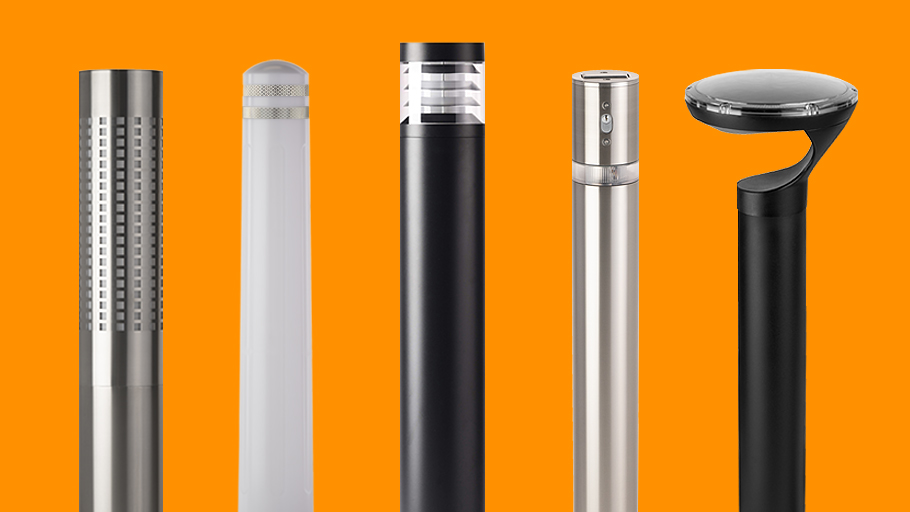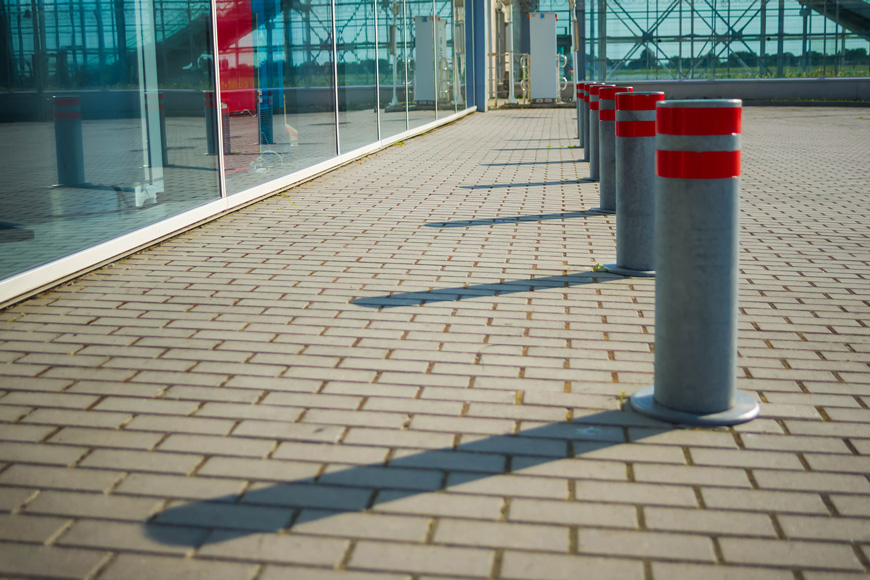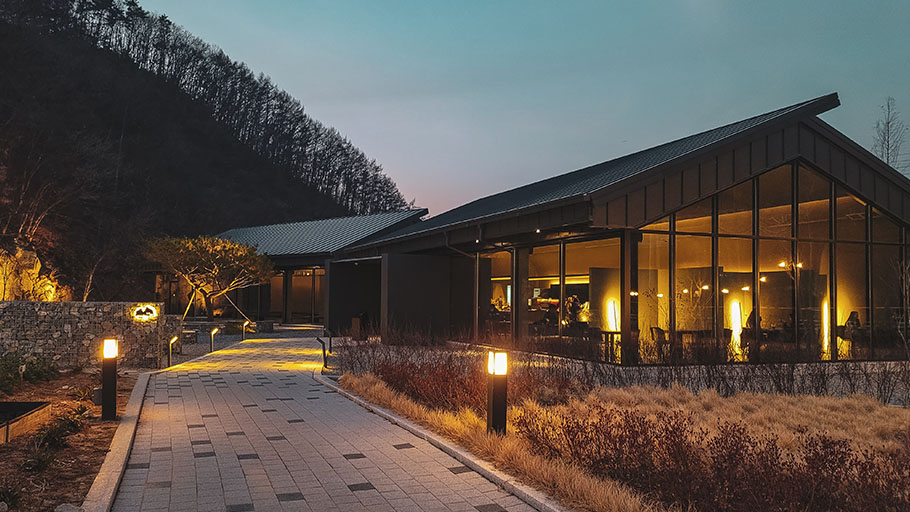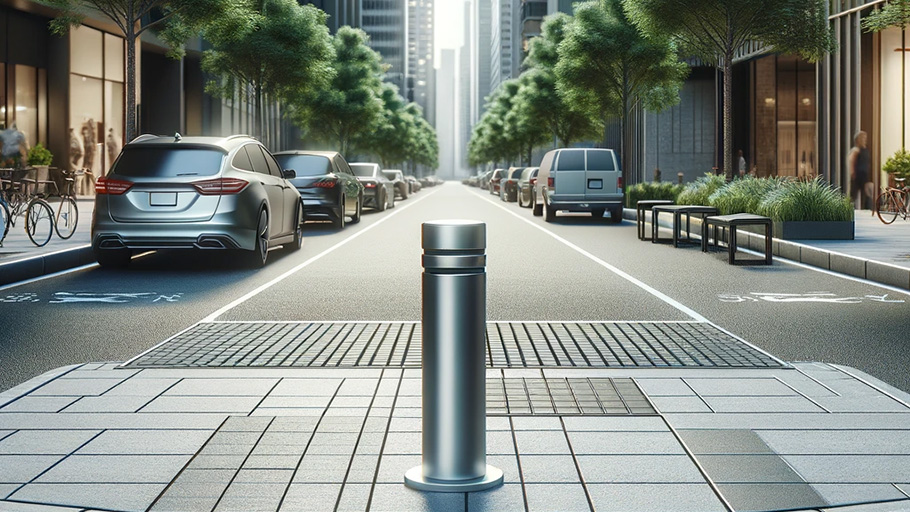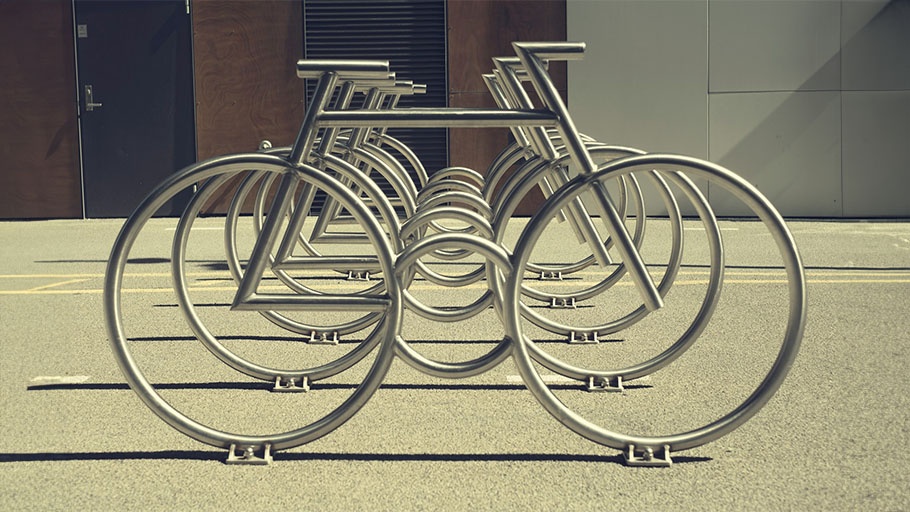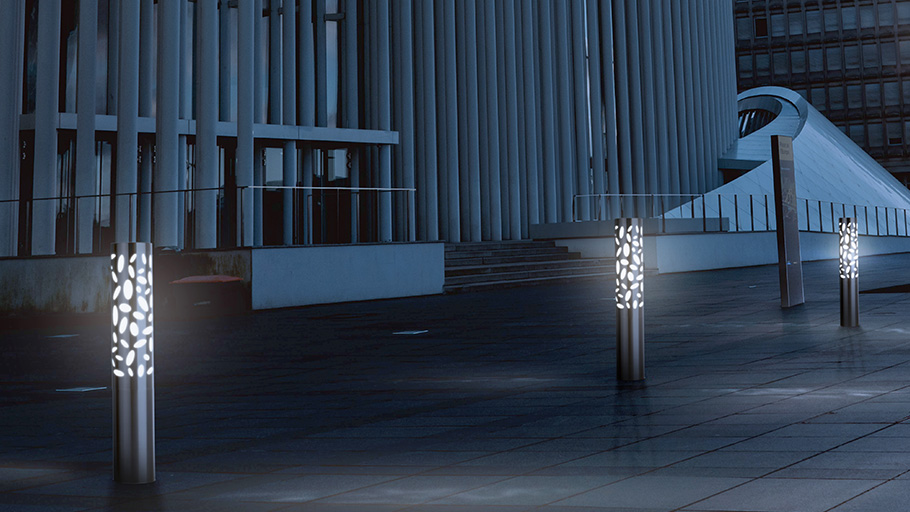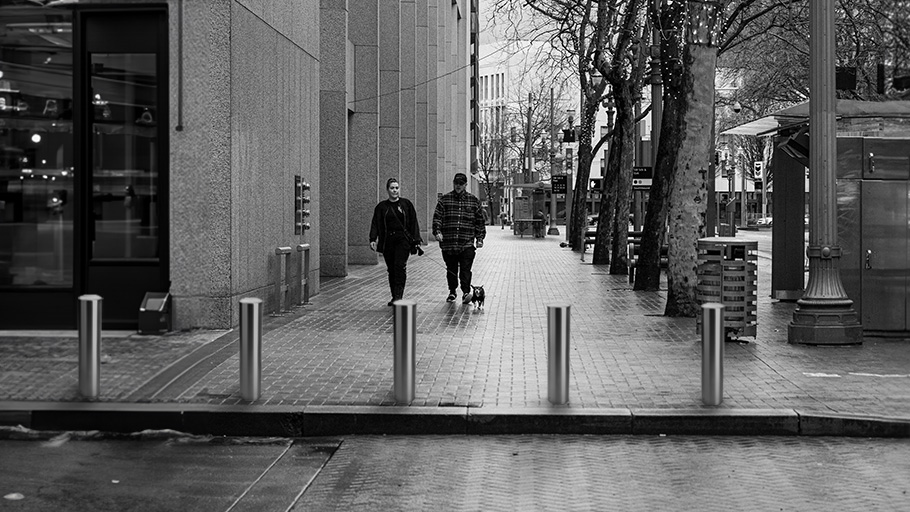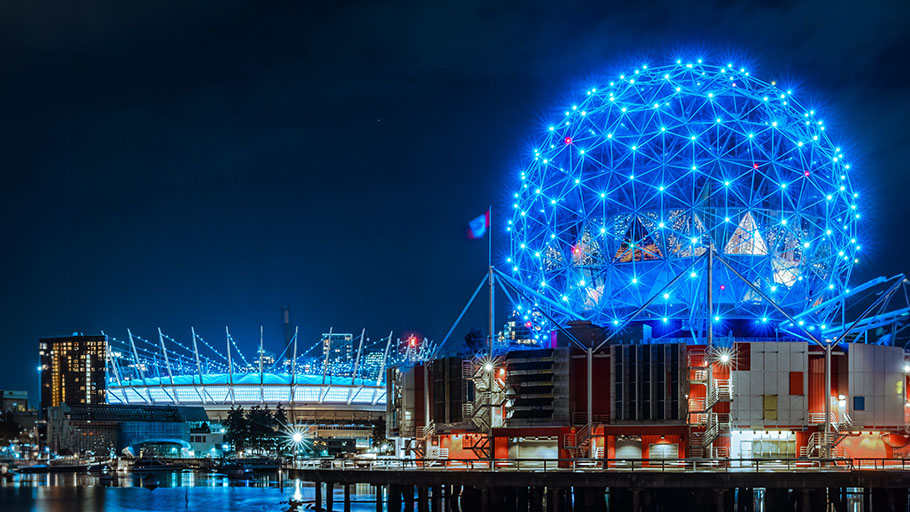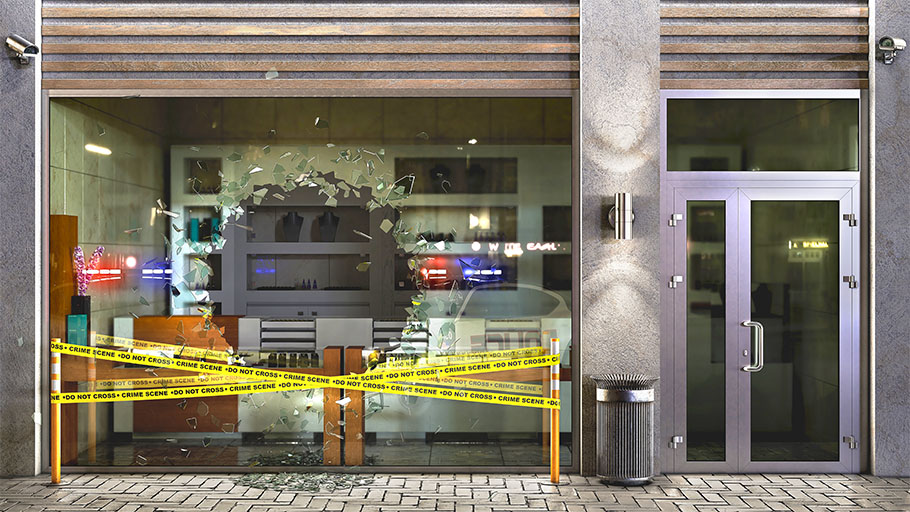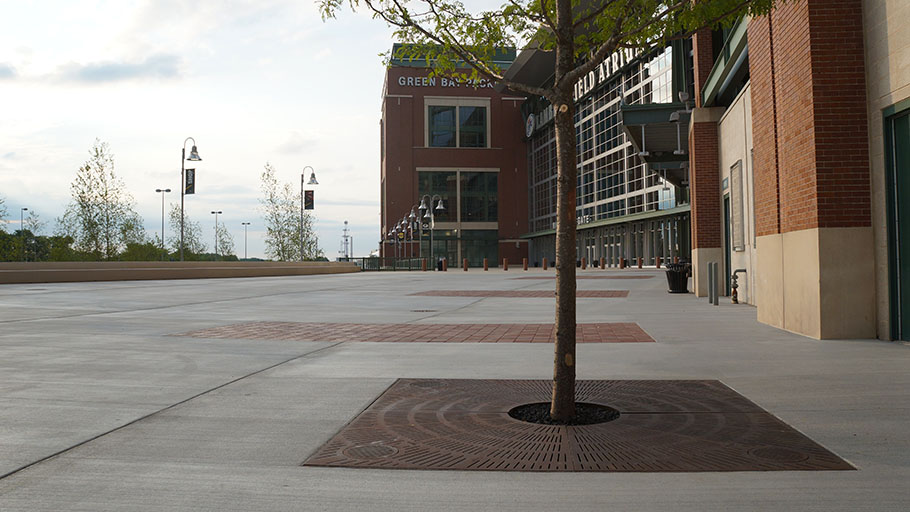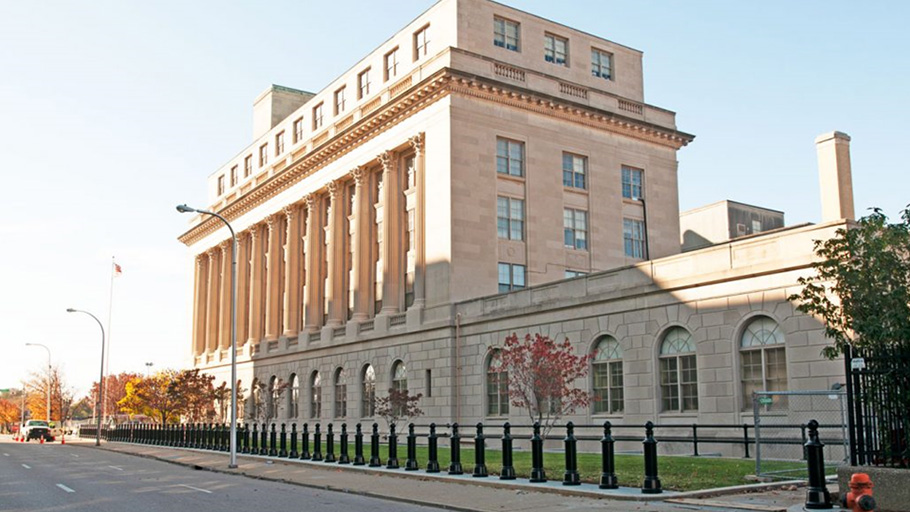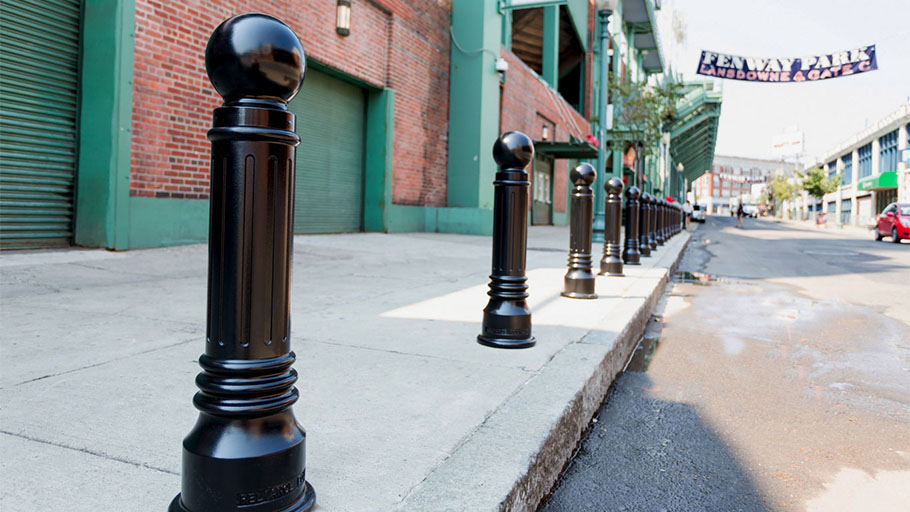A Lidar 101 for the Civil Engineer
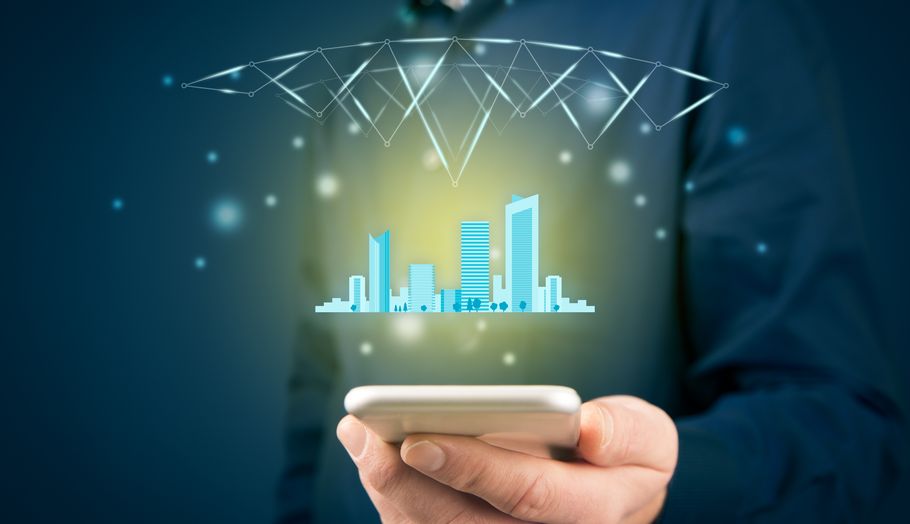
The development of smart technologies, whether for the home, car, or city, relies on the ability of the system to gather good information. A rule of thumb in software design is “Garbage In, Garbage Out”—if you’re relying on bad data, you cannot possibly get good results. Fortunately, sensor technology is developing as quickly as the computational infrastructure that uses it. A variety of different sensors are available to the smart city engineer.
Lidar is a big mover and shaker in the world of sensing input technologies. Its famous for its use in automotive spaces as the main sensor of self-driving cars. However, not all lidar is the same.
Visit our Citysage division’s blog to delve deeper into the pivotal role that LiDAR plays in developing smart cities, and how we use it in our sensors.

